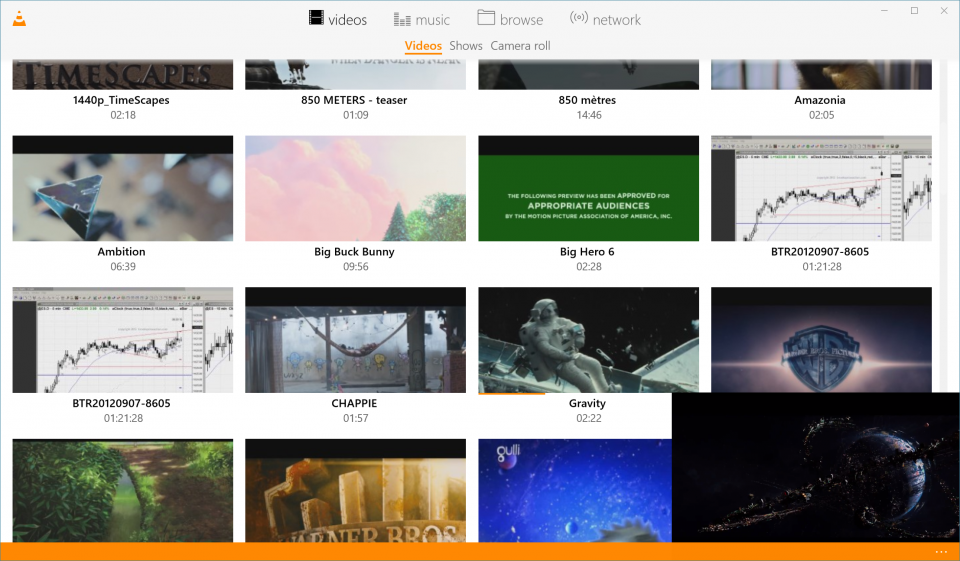
This is a third party application which serves the purpose of playing all media ranging from videos to music with the best quality and capability to handle the different available formats. VLC has updated itself to make it compatible with the new Windows 10. This VLC version is the first public beta build for the new operating system Windows 10. This is by courtesy of VideoLan which finally decided to bring to the public an enhanced version of VLC.
The new and updated VLC is more like the VLC app in smartphones and works well with most Windows 10 devices. The VLC 2.0.0 has advanced features such as widened video and audio support, audio-video synchronization and network sharing browser. Even better, it plays well with basic features such as Cortana and Continuum. There are also other specifications designed for Windows 10 users. This include: support for live tiles, pinning, drag and drop, and a number of DirectX 11.1 features for “video and low-latency audio”. These enhancements support battery life and longer 4k video playback.
The features that we all love with VLC have not been left with the older versions. The video library, picture in picture mode, so that you can browse the library while enjoying a video, audio manager, which works similarly to the video library for your music content, a dark mode, and support for DLNA, UPnP, Windows shares, FTP, SFTP, and NFS in the network browser are all supported in this advanced update.
The apps developer however claimed that the app does not support DVD, Blu-Ray and TV tuners because of limitations in the Universal Windows Platform APIs. Continuum can however be used only on high end Windows smartphone but more will be released in the future. Future versions of VLC will however support Xbox one Surface Hub and HoloLens depending on when the fix various issues in the current Windows 10 version. When fixed, the updated and advanced version will support Windows RT 8.1 and Windows Phone 8.1.